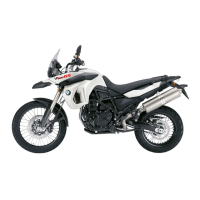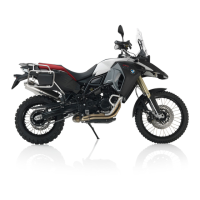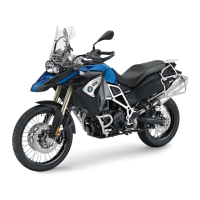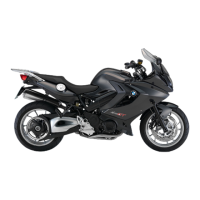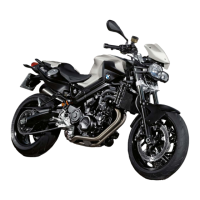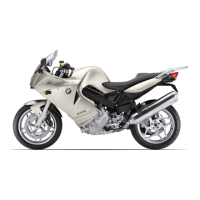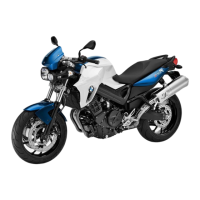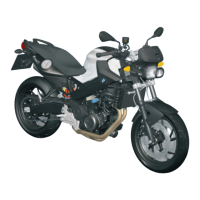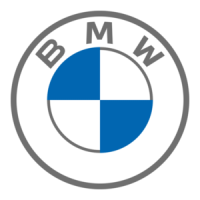Do you have a question about the BMW F 800 GS 2012 and is the answer not in the manual?
| Displacement | 798 cc |
|---|---|
| Fuel System | Electronic Fuel Injection |
| Final Drive | Chain |
| ABS | Optional |
| Tires Front | 90/90-21 |
| Tires Rear | 150/70-17 |
| Engine Type | Liquid-cooled 4-stroke in-line two-cylinder engine, two overhead camshafts, four valves per cylinder |
| Power | 85 hp (63 kW) at 7, 500 rpm |
| Torque | 61 lb-ft (83 Nm) at 5, 750 rpm |
| Transmission | 6-speed |
| Front Suspension | Telescopic fork |
| Rear Suspension | Cast aluminum dual swing arm, central spring strut, spring pre-load hydraulically adjustable, rebound damping adjustable |
| Front Brakes | Double disc |
| Rear Brakes | Single disc |
| Seat Height | 880 mm (Low seat: 850 mm) |
| Fuel Capacity | 16 l |
| Wheelbase | 1, 578 mm |
